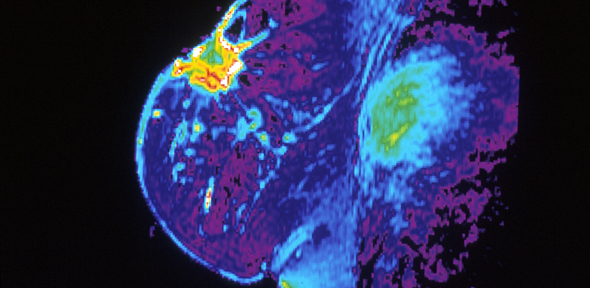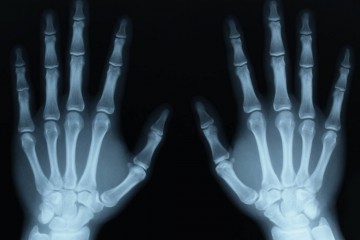Marijuana as a Breast Cancer Treatment?

Marijuana, also known as cannabis, hash, weed, hemp, ganja, and grass, has been recognized as an herbal remedy for centuries. Along with LSD and heroin, it has a classification of one of the most dangerous controlled substances. As the legalization of marijuana has become a reality in a growing number of states, its treatment use for various medical conditions is the center of attention. Scientists have discovered that active components, cannabinoids, have different effects on the human body.
The two well-known components of marijuana cannabis under observation are cannabidiol (CBD) and delta-9-tetrahydrocannabinol (THC). Due to an ongoing controversy concerning the medical application, the American Medical Association made a recommendation to lawmakers to reclassify marijuana to promote more scientific research in order to expand medical use. The option of including marijuana in the treatment of breast cancer is an option that has not yet been given a green light to provide more in-depth experiments in humans.
A few studies have noted when marijuana is smoked, it is helpful for patients who experience nausea and vomiting during chemotherapy according to the Food and Drug Administration (FDA) and was an important factor to those HIV patients needing to increase an appetite for food intake. Further, what has been documented is the component, delta-9-tetrahydrohycannabinol (THC) and other cannabinoids that have shown a slow growth, death, and reduction of the spread of certain cancer cells. Additionally, it was reported from the studies performed in 2013 that marijuana is better for the body if eaten than smoked.
As early as 1975, a government study provided the results of a cannabinoid as slowing malignant cells in mice having either lung cancer, breast cancer or a virus-induced leukemia. Currently, what is lacking from studies in order to provide more information is testing a hypothesis on the human body. A synthetic cannabinoid, nabiximols, is still being researched to confirm its ability to help people with cancer pain that is not being relieved by other strong pain medications. Although these prior studies have occurred using animals, the FDA needs approval from the federal government to move forward.
A recent study by scientists at St. George’s University in London was published in the Molecular Cancer Therapies medical journal and it was determined that the cancer cells were weakened by the components of cannabinoids, CBD and THC. As a result, the cancer cells became more susceptible to radiation treatment. In the United States. even though the FDA has authorized two medications with cannabinoids, it has not approved marijuana plants as a medicine.
Several other studies have shown positive test results from the use of cannabis as a treatment. Data was collected and the results were published in the US National Library of Medicine surrounding the following cancers: lung, prostrate, bladder, blood, brain, liver, pancreas and breast. The protection of brain neurodegeneration, reduction of tumor growth and number, and decrease of cancer cell invasiveness were among the diagnosis. These are examples that demonstrate the need for more human trials with marijuana to offer opportunities for treatments that may lead to a potential cancer cure.
If marijuana is used as a treatment for breast cancer, considerations must be given to several different areas as cells may be affected in a number of ways. Studies of testicular germ cells have shown harmful effects on the endocrine and reproductive systems. Other side effects of cannabinoids include paranoia, loss of lung function, dizziness, rapid heart beat, depression, low blood pressure and slowed digestion.
By Marie A. Wakefield
Source: Liberty Voice





No Comment